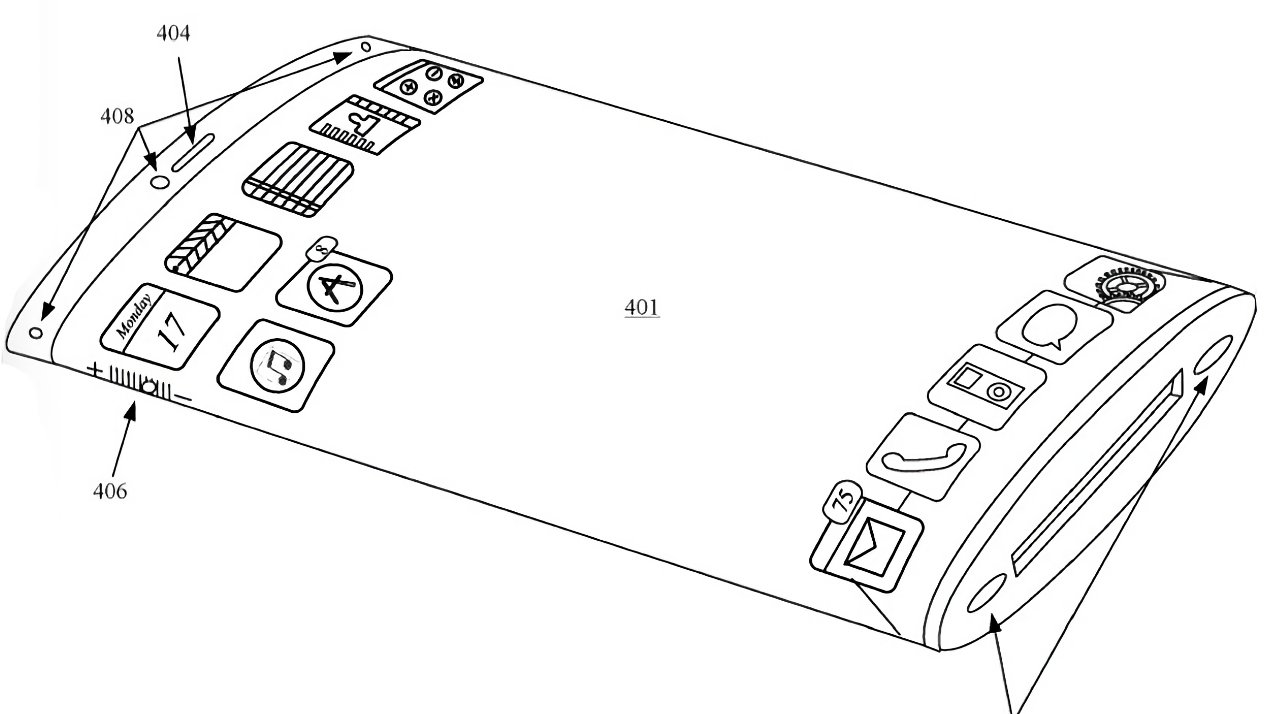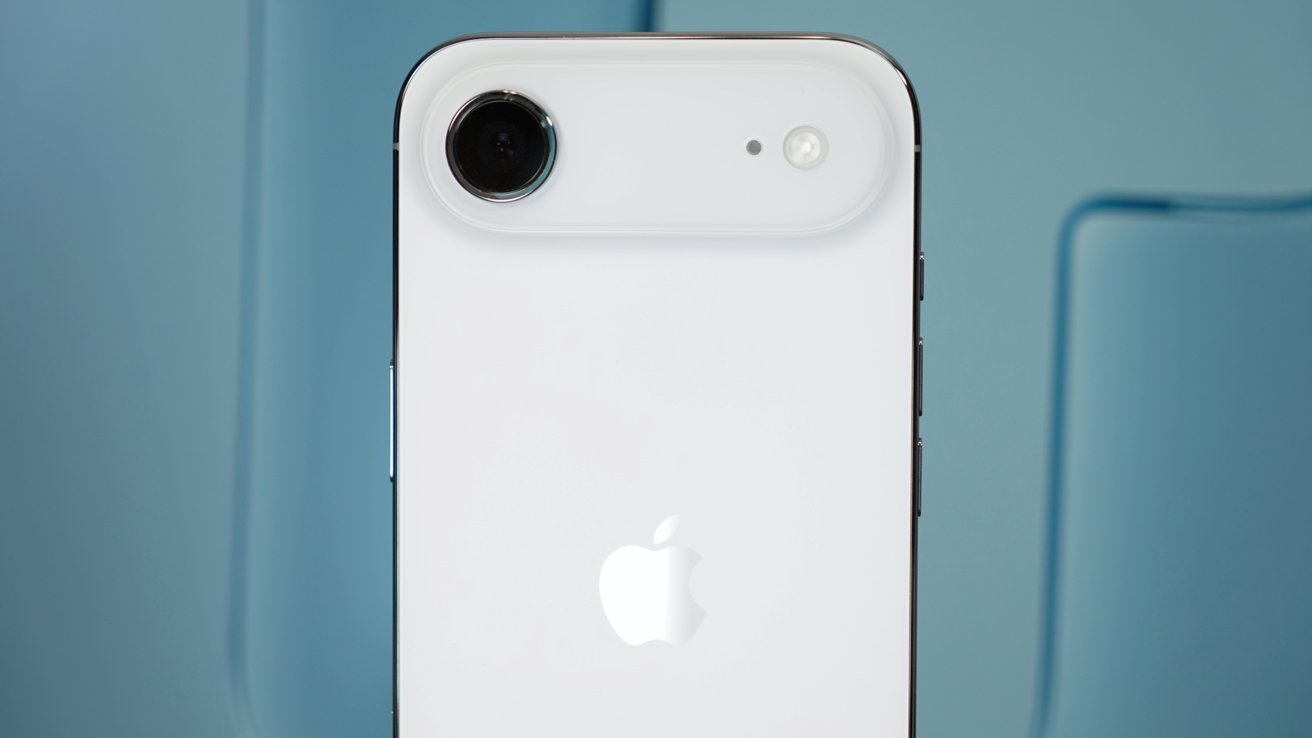Apple has long been at the forefront of innovation in the smartphone industry, consistently pushing the boundaries of design and functionality. One of the more intriguing concepts the company has explored is an iPhone featuring a wraparound display—a design that would envelop the device in a continuous screen, eliminating physical buttons and maximizing display area.
The Genesis of the Wraparound Display Concept
The idea of a wraparound display isn’t entirely new for Apple. The company first filed a patent for such a design in 2011, envisioning a device where the screen extends beyond the front face to cover the sides and back. This design aims to utilize the entire surface area of the device, offering users a more immersive experience and additional functionality.
Technical Specifications and Design Elements
According to the patent filings, the proposed device would incorporate a flexible display housed within a transparent casing. This setup would allow images and information to be presented on any part of the device’s surface. The flexible display could be manipulated to form a continuous loop, providing a seamless visual experience. The transparent housing could be made from materials like glass or plastic, chosen based on factors such as strength, density, and manufacturing costs.
Eliminating Physical Buttons
One of the significant advantages of a wraparound display is the potential elimination of physical buttons. Traditional volume controls, power buttons, and even the home button could be replaced with touch-sensitive areas on the screen. For instance, volume controls could appear on the side of the device, maintaining their traditional placement but offering a more streamlined design. This approach not only enhances the aesthetic appeal but also allows for more customizable and dynamic user interfaces.
Enhancing User Interaction
The wraparound display could revolutionize how users interact with their devices. By extending the screen to the sides and back, users could access additional information and controls without interrupting their primary tasks. For example, notifications, widgets, or quick settings could be displayed on the edges, allowing users to glance at essential information without navigating away from their current activity.
Challenges and Considerations
While the concept is undoubtedly innovative, it presents several challenges. Manufacturing a device with a continuous, flexible display requires advanced technology and materials. Ensuring durability, especially in a device that is handled frequently, is paramount. Additionally, software development would need to adapt to this new form factor, creating intuitive interfaces that take full advantage of the wraparound screen without overwhelming the user.
Apple’s Ongoing Research and Development
Apple’s continued interest in this design is evident from multiple patent filings over the years. In 2013, the company filed a patent detailing a device with a wraparound display and seamless glass housing. Subsequent patents in 2016 and 2019 further refined the concept, exploring various manufacturing methods and potential functionalities. This persistent pursuit indicates that Apple is serious about exploring the feasibility of such a device, even if it has yet to materialize in the consumer market.
Potential Impact on the Smartphone Industry
If Apple were to bring a wraparound display iPhone to market, it could set a new standard for smartphone design. The increased screen real estate would offer developers new opportunities for app design, potentially leading to more immersive and interactive applications. Competitors might also be spurred to innovate, leading to a new wave of devices with unconventional form factors and functionalities.
Conclusion
Apple’s exploration of a wraparound display for the iPhone showcases the company’s commitment to innovation and its willingness to rethink traditional design paradigms. While such a device presents technical challenges, the potential benefits in terms of user experience and functionality are significant. As technology advances, it will be interesting to see if this concept moves from patent filings to the hands of consumers, potentially reshaping the future of smartphones.



